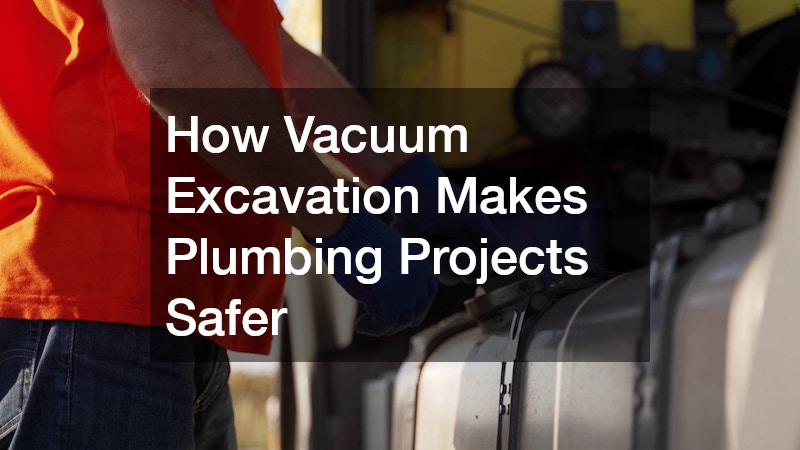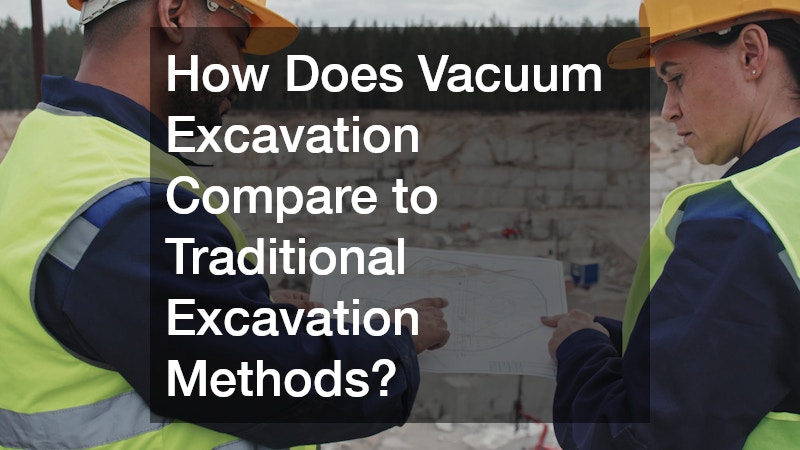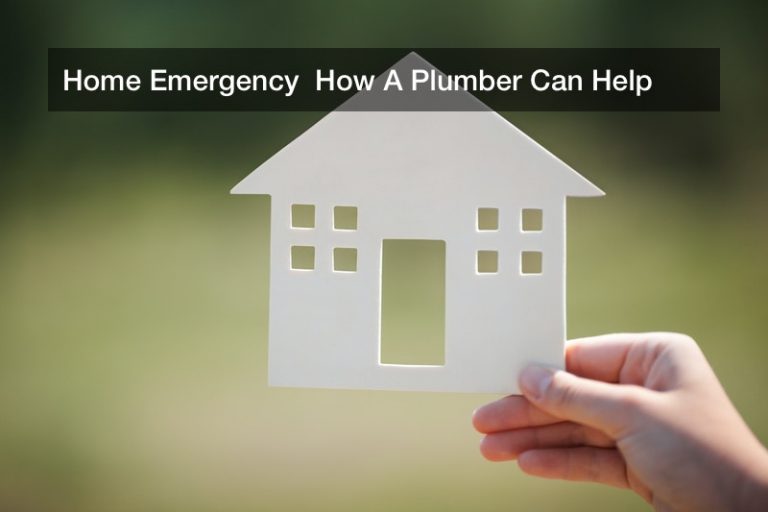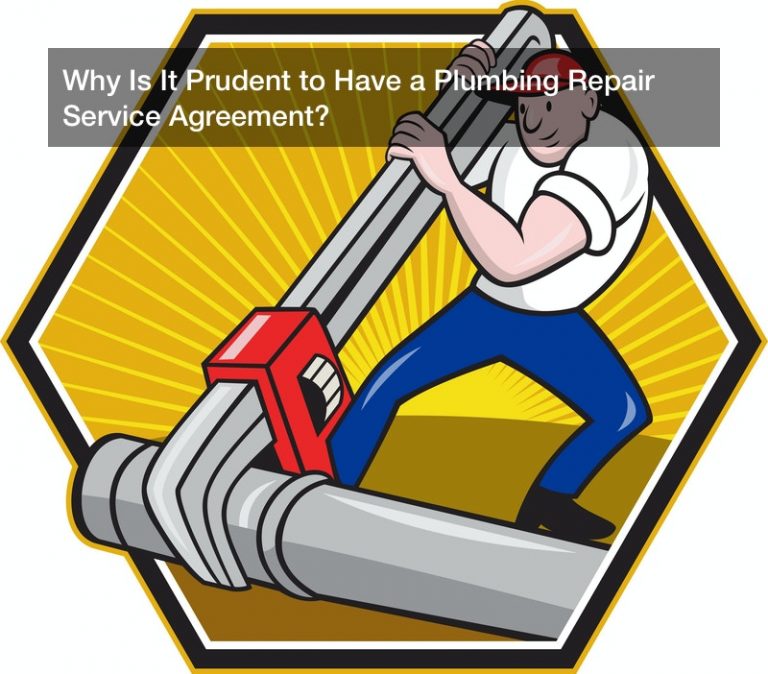

In recent years, vacuum excavation has become a safe and efficient method for tackling plumbing projects. This contemporary technique focuses on enhancing safety, boosting efficiency, and reducing the potential damage associated with traditional excavation tasks. By employing advanced suction technology, vacuum excavation offers a reliable alternative to more invasive and potentially damaging methods, thus transforming the landscape of plumbing and excavation work.
Furthermore, the immense value of vacuum excavation in plumbing projects is amplified by its focus on efficiency. Plumbing tasks often require rapid and precise excavation to address pipe repairs and maintenance issues. Vacuum excavation technology excels in this regard, offering an expedient and accurate alternative that reduces the time and cost involved in excavation while maintaining a primary emphasis on safety.
What is Vacuum Excavation and How Does it Work?
Vacuum excavation, or suction excavation, is an innovative technique that employs high-pressure air or water to break up soil and create a vacuum for debris removal. The system typically consists of a high-powered vacuum pump, a debris collection tank, hoses, and a nozzle. This technology is particularly beneficial for plumbing projects, where precision and minimal disruption to existing infrastructures are critical.
Vacuum excavation involves directing a powerful air or water stream into the ground to dislodge the soil. This non-destructive approach ensures that only the targeted material is removed, preserving the integrity of nearby utilities and structures. The dislodged material is then vacuumed through hoses into a debris tank for disposal, leaving a clean and precise excavation site.
In the context of plumbing, vacuum excavation proves indispensable due to its ability to accurately expose utility lines without physical contact. This minimizes the risk of damaging pipes or causing leaks, which are prevalent issues in traditional excavation methods. Additionally, vacuum excavation machines’ high control and visibility enhance safety and efficiency, ensuring that plumbing projects are completed to the highest standards.
Why is Safety a Top Priority in Plumbing Excavations?
Safety is paramount in plumbing excavations due to the myriad hazards associated with traditional excavation practices. Heavy machinery and manual labor used to remove soil can inadvertently damage underground utilities such as gas, water, and electric lines, posing significant safety risks to workers and residents alike. Additionally, traditional methods can create unstable ground conditions and increase cave-ins risk, leading to potential accidents and project delays.
Vacuum excavation offers a groundbreaking solution to these safety concerns by significantly reducing the risk of utility strikes and structural damage. Its precise and targeted excavation approach ensures that only the intended area is disturbed, leaving surrounding utilities unaffected. This non-invasive method minimizes the likelihood of accidental damage, enhancing the overall safety of the excavation process.
What are the Advantages of Using Vacuum Excavation in Plumbing Projects?
One of the primary benefits of vacuum excavation in plumbing projects is its unparalleled precision. Unlike traditional methods that may inadvertently damage surrounding structures, vacuum excavation accurately targets the intended site, reducing the potential for collateral damage. This precision is especially vital in densely populated areas where underground utilities are closely packed, and the margin for error is slim.
Another noteworthy advantage is the reduction of environmental impact. Traditional excavation methods often result in excessive soil disturbance and waste generation. In contrast, vacuum excavation is more sustainable, as it carefully excavates only the necessary amount of soil, preserving the surrounding environment and reducing waste. This is particularly important in environmentally sensitive areas where minimizing ecological disruption is crucial.
How Does Vacuum Excavation Compare to Traditional Excavation Methods?

Vacuum excavation stands out for its superior safety profile compared to traditional excavation methods. Traditional techniques often involve using backhoes, bulldozers, and other heavy equipment, which can easily lead to unintentional damage to underground utilities. In contrast, vacuum excavation employs a non-invasive approach that minimizes the risk of accidental hits, thereby enhancing the safety and reliability of the excavation process.
Cost-effectiveness is another area where vacuum excavation holds an edge over traditional methods. While the initial investment in vacuum excavation technology may be higher, its ability to reduce project timelines and minimize repair costs for damaged utilities ultimately results in lower overall expenses. Additionally, the efficiency of vacuum excavation means fewer labor hours are required, further contributing to reduced project costs.
Environmental considerations also play a significant role in distinguishing vacuum excavation from conventional approaches. Traditional methods often involve significant soil displacement, leading to soil erosion, pollution, and disruption of natural habitats. Vacuum excavation, on the other hand, precisely targets the excavation site, reducing unnecessary soil movement and environmental impact, making it a more sustainable choice for modern plumbing projects.
Vacuum excavation has emerged as a transformative force in plumbing projects, emphasizing safety and efficiency in equal measure. Its innovative technology provides a precise and non-destructive means of conducting excavations, thus mitigating the risks associated with traditional methods. By prioritizing safety and minimizing damage, vacuum excavation enhances plumbing projects’ overall quality and reliability.
The numerous advantages of vacuum excavation, from precision and efficiency to its eco-friendly attributes, make it an invaluable tool for modern plumbing projects. As urban landscapes become more complex and environmentally conscious approaches become increasingly important, vacuum excavation offers the perfect solution for addressing these contemporary challenges. It allows for safe and efficient plumbing interventions, ensuring that projects are completed with minimal impact on the surroundings.

